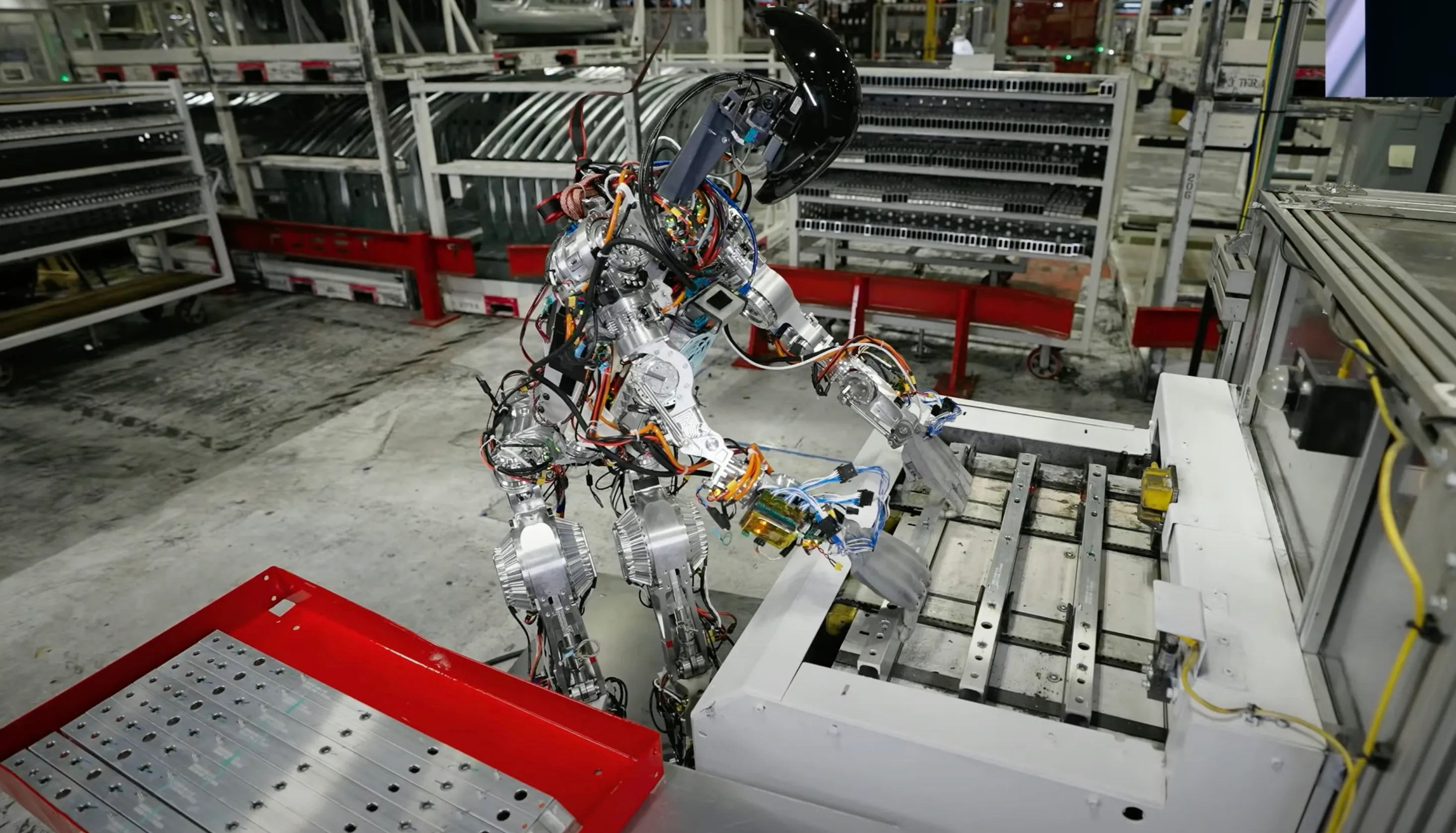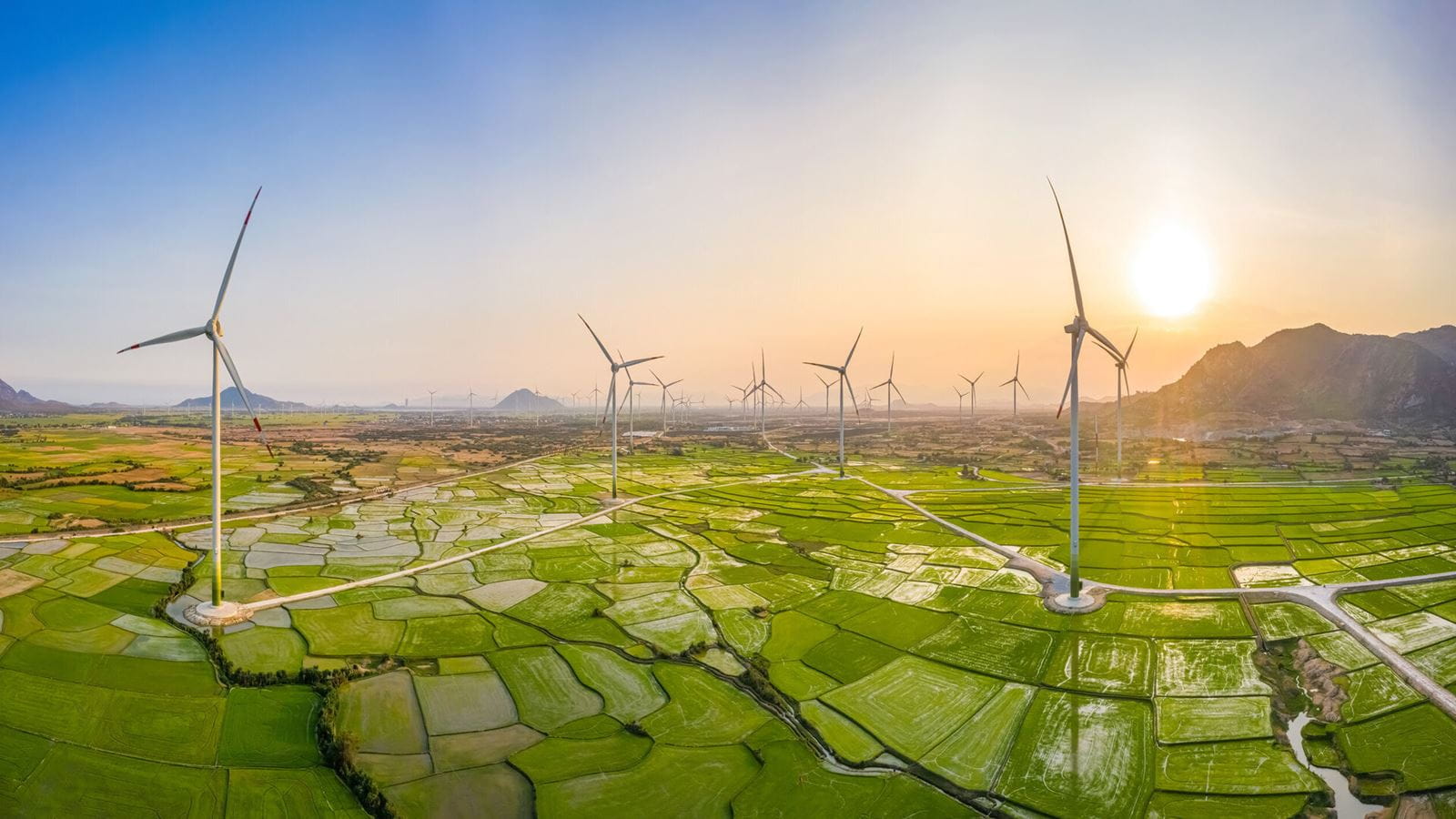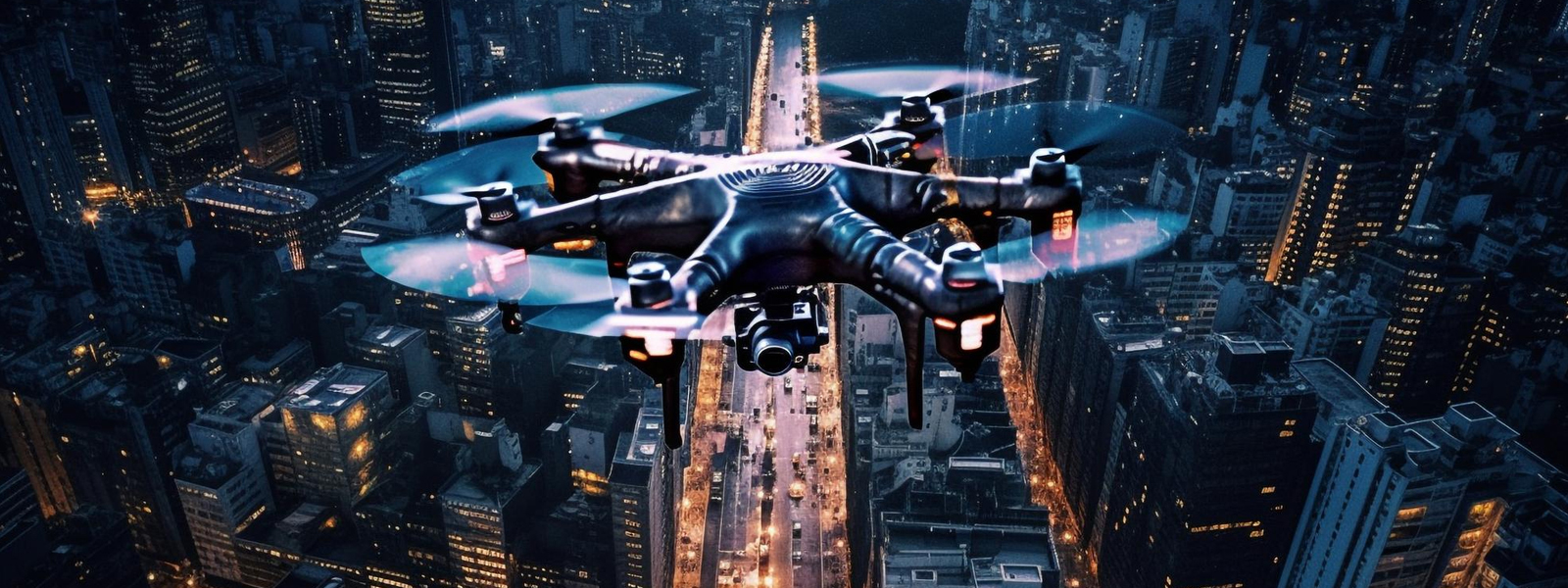AGP China Technology Report - Drones & Unmanned Aerial Robotics (UAVs)
Table of Contents
Page Section
03 Technology Overview
07 Historical Development Timeline
10 Product Differentiation
14 China Technology Ecosystem
17 Sino-Foreign Collaboration
20 Common Applications In China
24 Government Policy Support
27 Impact On Market Incumbents
29 Final Conclusion
30 Appendices
1.1 Global Snapshot
Definition and Classification
Drones, also known as Unmanned Aerial Vehicles (UAVs), are aircraft systems operated without an onboard human pilot. They can be remotely controlled or fly autonomously using pre-programmed flight plans. UAVs are broadly categorized into:
- Fixed-Wing Drones: Resembling traditional airplanes, these drones are efficient for long-distance flights and are commonly used in surveying and mapping applications.
- Rotary-Wing Drones: Including multi-rotor configurations like quadcopters, these drones offer vertical take-off and landing capabilities, making them suitable for applications requiring maneuverability and hovering, such as aerial photography and inspections.
- Hybrid Drones: Combining features of both fixed-wing and rotary-wing designs, hybrid drones aim to leverage the advantages of both types, offering versatility in various operational scenarios.
Key Technologies
The functionality and performance of UAVs are underpinned by several core technologies:
- Propulsion Systems: Electric motors powered by advanced batteries, such as lithium-polymer (LiPo) or lithium-sulfur (Li-S) batteries, provide the necessary thrust. Innovations in battery technology have significantly extended flight times, enhancing operational efficiency.
- Navigation and Control Systems: Incorporating GPS modules, inertial measurement units (IMUs), and sophisticated flight controllers, these systems enable precise navigation and stability during flight.
- Sensors and Payloads: Equipped with high-resolution cameras, LiDAR, thermal imaging sensors, and multispectral sensors, UAVs can perform a wide range of tasks, from aerial photography to environmental monitoring.
- Communication Systems: Utilizing radio frequencies, satellite links, and increasingly, 5G networks, these systems ensure reliable data transmission between the UAV and ground control stations.
- Autonomy and Artificial Intelligence: Integration of AI and machine learning algorithms enables autonomous operations, real-time data processing, and advanced functionalities like obstacle avoidance and target recognition.
Global Market Overview
The global UAV market has experienced substantial growth, driven by technological advancements and expanding applications across various sectors. In 2023, the market was valued at approximately USD 30.4 billion and is projected to reach USD 61.2 billion by 2029, reflecting a compound annual growth rate (CAGR) of 12.6% during the forecast period.
Key performance indicators (KPIs) for UAVs include flight endurance, payload capacity, range, and level of autonomy. Advancements in these areas have expanded UAV applications in industries such as agriculture, construction, logistics, and defense.
Notable Global Developments
- Technological Innovations: Companies like DJI and Parrot have introduced drones with enhanced features, including real-time data processing, obstacle avoidance, and extended flight endurance.
- Regulatory Progress: The Federal Aviation Administration (FAA) in the United States has established clearer regulations for drone operations, such as Part 107 and permissions for Beyond Visual Line of Sight (BVLOS) operations, facilitating wider adoption and commercial use.
- Market Expansion: The Asia-Pacific region is experiencing rapid growth in the drone industry, contributing to economic development and job creation in sectors like manufacturing, logistics, and infrastructure maintenance.
1.2 China Snapshot
Market Position and Capabilities
China has emerged as a dominant player in the global UAV market, leveraging its robust manufacturing capabilities and technological innovation. The country is home to leading drone manufacturers such as DJI, which holds a significant share of the global consumer drone market.
In 2023, the Civil Aviation Administration of China reported that 1.27 million licensed UAVs were registered, marking a 32.2% increase from the previous year. Civilian drone operations logged 23.11 million flying hours, an 11.8% increase over the preceding year.
Leading Firms and Product Offerings
- DJI: Headquartered in Shenzhen, DJI is renowned for its consumer and professional drones, offering models like the Phantom and Mavic series, which are widely used in photography, agriculture, and surveying.
- EHang: Specializing in autonomous aerial vehicles, EHang has developed passenger-grade drones and is actively involved in urban air mobility projects.
- XAG: Focusing on agricultural applications, XAG provides drones designed for precision farming, including crop spraying and monitoring.
Policy and Regulatory Landscape
The Chinese government has implemented supportive policies to foster the growth of the UAV industry. Initiatives such as the "Made in China 2025" plan emphasize the development of high-tech industries, including UAVs. Additionally, regulatory frameworks have been established to ensure safe and efficient integration of drones into national airspace.
Applications and Strategic Significance
UAVs in China are deployed across various sectors:
- Agriculture: Drones are utilized for crop monitoring, pesticide spraying, and precision agriculture, enhancing productivity and reducing labor costs.
- Logistics: Companies like JD.com and SF Express are experimenting with drone delivery services to improve logistics efficiency, especially in rural areas.
- Infrastructure Inspection: Drones are employed for inspecting bridges, power lines, and pipelines, providing cost-effective and safe alternatives to traditional methods.
The integration of UAVs aligns with China's strategic goals of industrial upgrading and technological innovation, contributing to the development of new productive forces and supporting national objectives in smart manufacturing and urban development.
1.3 Market Size
Global Market Estimates
The global UAV market is projected to experience robust growth:
- BCC Research: Estimates the market will grow from USD 33.9 billion in 2024 to USD 61.2 billion by 2029, at a CAGR of 12.6%.
- Custom Market Insights: Projects the market to reach USD 133.6 billion by 2033, with a CAGR of 13.4% from 2024 to 2033.
- Astute Analytica: Forecasts the market to grow from USD 62.44 billion in 2023 to USD 119.71 billion by 2032, at a CAGR of 7.5%.
China-Specific Estimates
While specific figures for China's UAV market are less frequently reported, the country's rapid adoption and manufacturing capabilities suggest significant growth potential. The substantial increase in registered UAVs and operational flight hours indicates a burgeoning domestic market.
Growth Scenarios
The UAV market's growth trajectory can be influenced by several factors:
- High Growth Scenario: Accelerated adoption driven by technological advancements, favorable regulatory environments, and expanding applications across industries.
- Medium Growth Scenario: Steady growth supported by gradual integration of UAVs into commercial operations and ongoing regulatory developments.
- Low Growth Scenario: Slower adoption due to regulatory challenges, technological limitations, or economic downturns affecting investment in UAV technologies.
- Market Segmentation
The UAV market can be segmented based on:
- Application Domain: Military and defense, agriculture, logistics, infrastructure inspection, and media.
- Customer Segment: Government agencies, commercial enterprises, and individual consumers.
- Geography: North America, Europe, Asia-Pacific, and Rest of the World, with Asia-Pacific expected to experience the fastest growth.
This comprehensive overview underscores the dynamic evolution of the UAV industry, highlighting its technological advancements, market growth, and strategic significance on both global and national scales.
AGP Insights
Download PDF.
Your PDF report was sent successfully to your inbox!
Related Insights.











